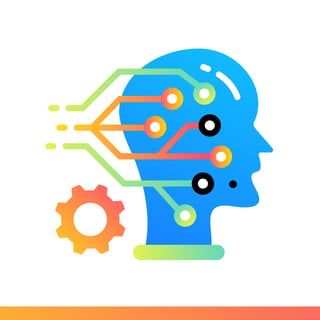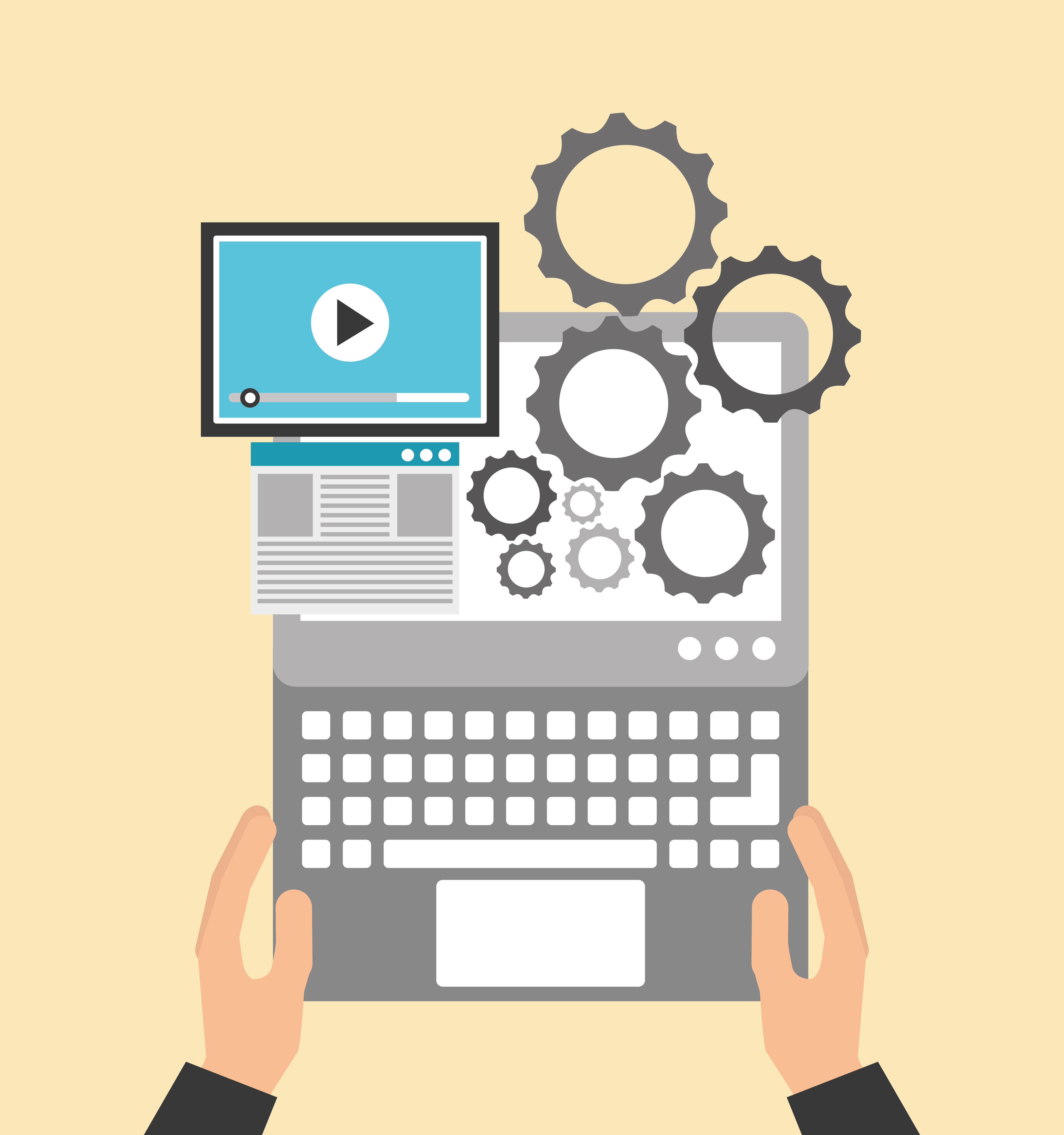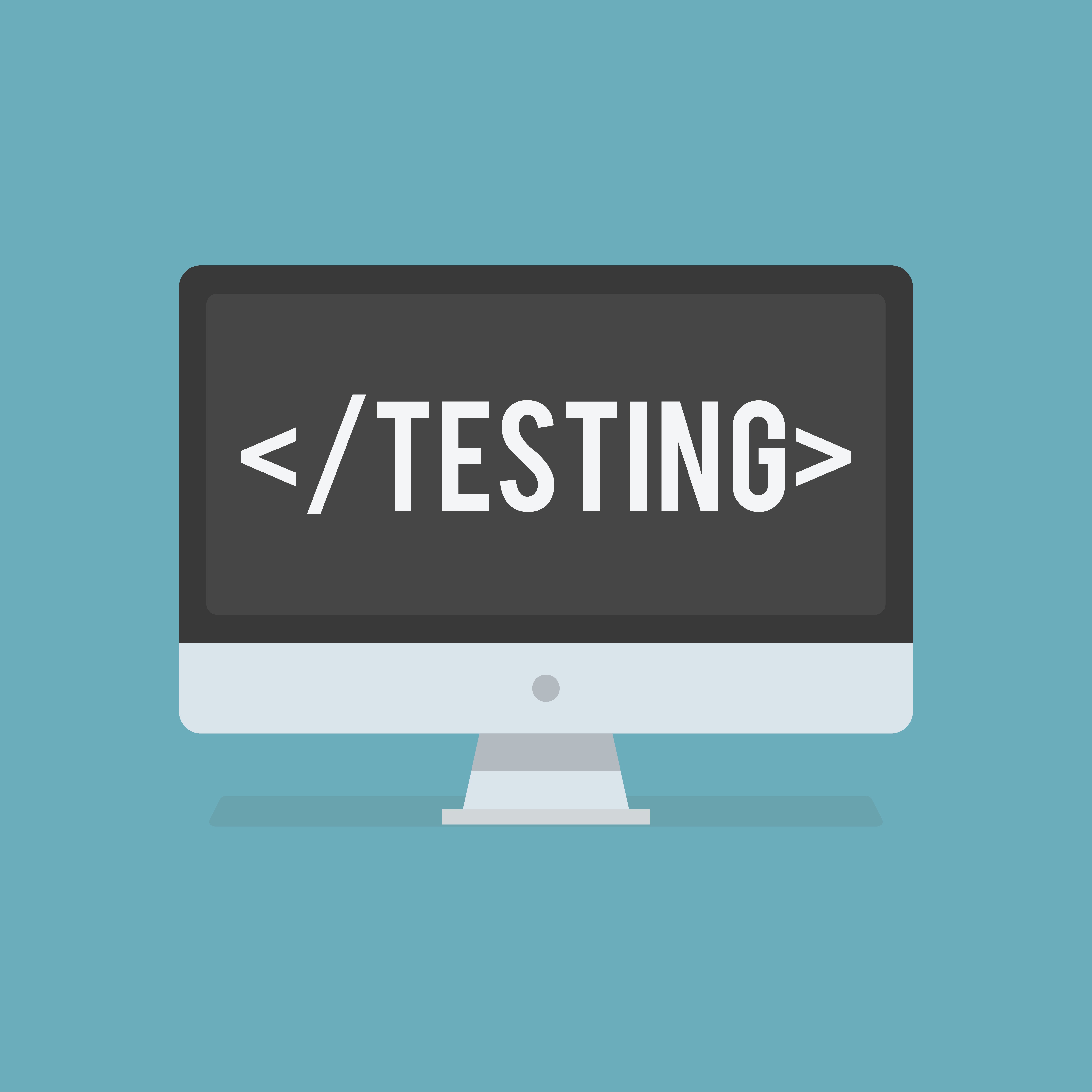 A long time ago, in a galaxy far, far away, the inhabitants had access to advanced medical care provided by robots. The Star Wars medical droids had the ability to diagnose and treat their patients with extraordinary knowledge and numerous built-in surgical tools. They had extra added bonus skills in reasoning and communication with their patients—any species from any planet speaking any language. Their bedside manner was, of course, impeccable.
A long time ago, in a galaxy far, far away, the inhabitants had access to advanced medical care provided by robots. The Star Wars medical droids had the ability to diagnose and treat their patients with extraordinary knowledge and numerous built-in surgical tools. They had extra added bonus skills in reasoning and communication with their patients—any species from any planet speaking any language. Their bedside manner was, of course, impeccable.
However, in this galaxy—at least, our corner of it—we don’t have anything even remotely resembling the Star Wars medical droids. What surgical robots we have are not even partly autonomous; a real human surgeon is at the controls at all times during any procedure. And their handwriting is even worse than a real doctor’s.
That’s not to say that the modern medical industry can’t benefit from machine learning. We may not have robot doctors and nurses zooming around our hospitals any time soon, but machine learning can help our human medical professionals do their jobs better, now and in the near future.
Medical Applications of Machine Learning
At present, medical machine learning applications are limited to looking for patterns in data. Even in that narrow capacity, machine learning has a wide range of potential uses:
- Identifying medical problems from images. Is that lump a cancerous growth or a benign cyst? By training a machine learning system with thousands of images of both problematic and benign features, doctors will be able to more accurately identify patients who need additional screening for a positive diagnosis. This will save countless unnecessary biopsies and other procedures. Images can be from among the many imaging tools doctors have today, from X-rays to computed tomography scans and MRIs to simple photographs.
- Diagnoses from monitoring data. Using data from various wearable and implanted sensors—including blood chemistry sensors, electrocardiograms, electroencephalograms, and more—machine learning systems can compare a patient’s data trends with those of thousands of others and identify conditions that might indicate disease, in some cases even before symptoms appear.
- Diagnoses based on research studies. Machine learning systems will have access to vast troves of medical research papers, clinical trial data, and more—much more information than any single doctor, hospital, or university could ever absorb. The expertise of thousands or researchers will thus be available to help make better and quicker diagnoses, reducing much of the guesswork, trial and error, unnecessary clinical tests, and adverse drug interactions that plague the industry today.
- Epidemiology. Machine learning systems will be able to predict the course of an epidemic, letting public health authorities know where to focus their prevention and treatment efforts. Thousands of lives could be saved simply by having field clinics set up in strategic locations.
Potential Roadblocks
Like the financial industry, the healthcare industry is awash in data that could potentially be used to train machine learning systems. The trouble is, there are few standards for recording patient data—cardiovascular data, for example, might be recorded differently in different countries or even from one hospital or clinic to the next. Without standards, it is difficult to make apples-to-apples comparisons among patients, which complicates the machine-learning training process. Privacy issues are another obstacle: How can patient data be made available to machine learning systems while preserving patients’ privacy?
The healthcare industry and governments have been trying to implement standard, electronic healthcare records for many years, but it has been slow going. Until it happens, machine learning systems will fall far short of their potential.
Once these hurdles are overcome, though, healthcare will be much different from what it is today. Doctors today spend an inordinate amount of time seeing people who aren’t really sick. If those people could be identified before seeing a doctor, medical professionals could focus their efforts on those who really need their help. Machine learning systems will go a long way towards realizing this goal. And we won’t have to go to a galaxy far, far away to enjoy the benefits.
















